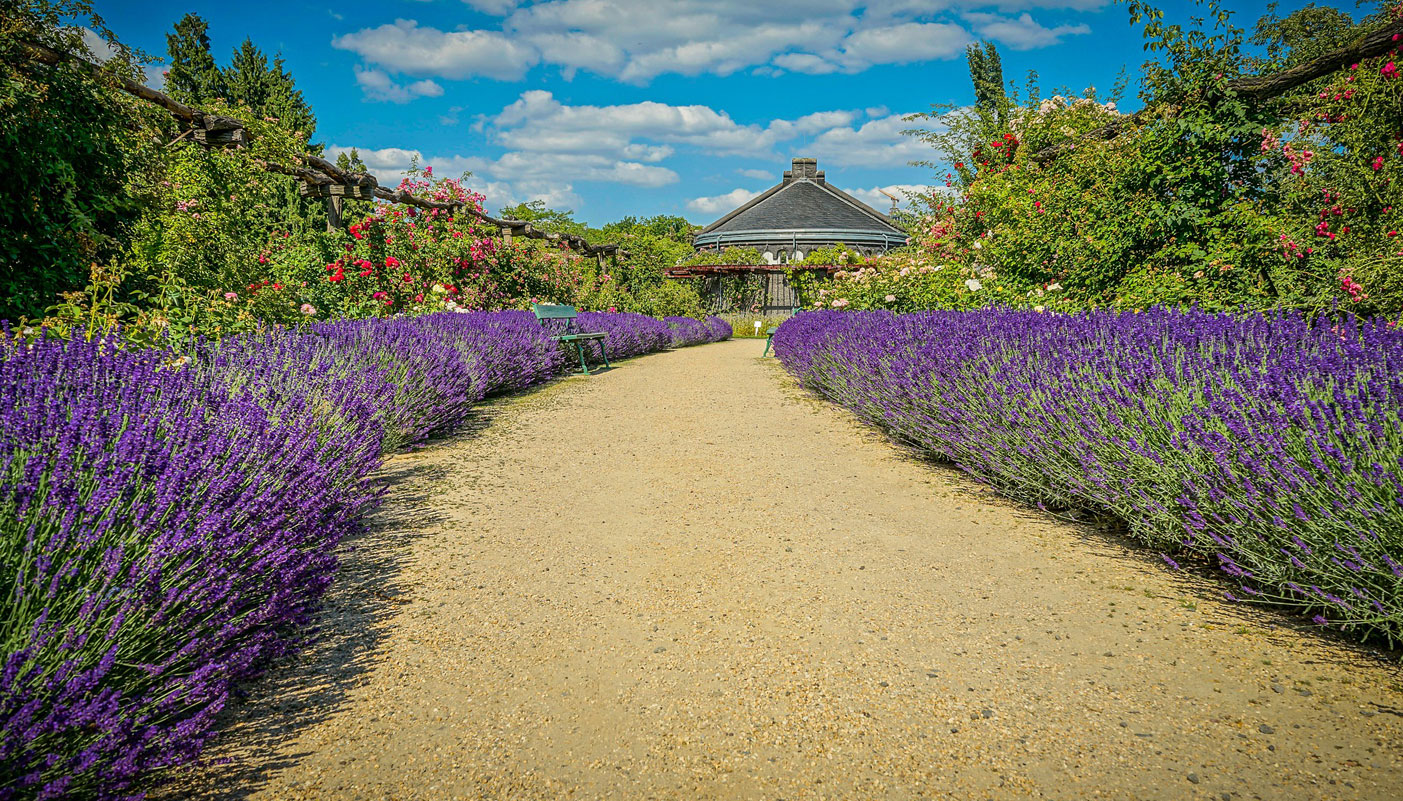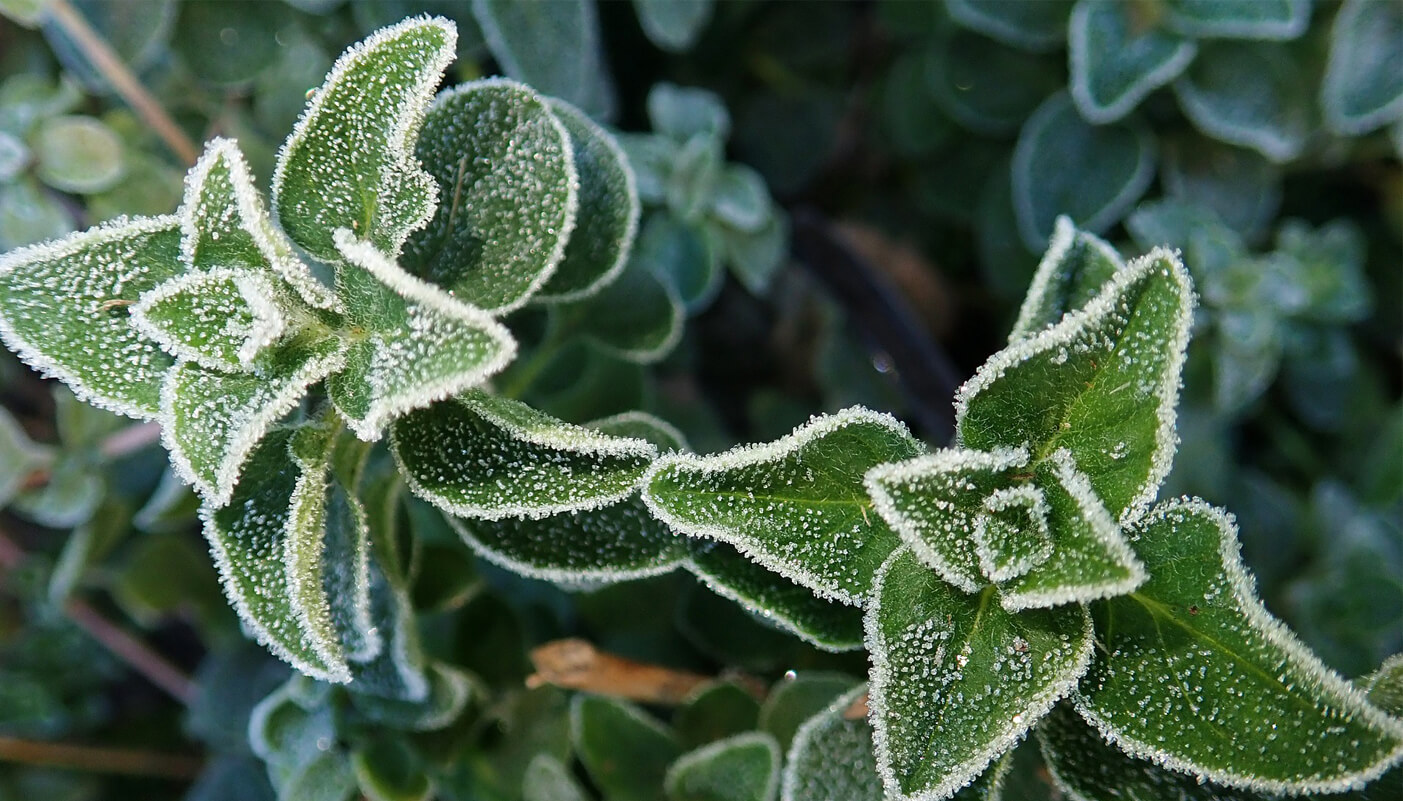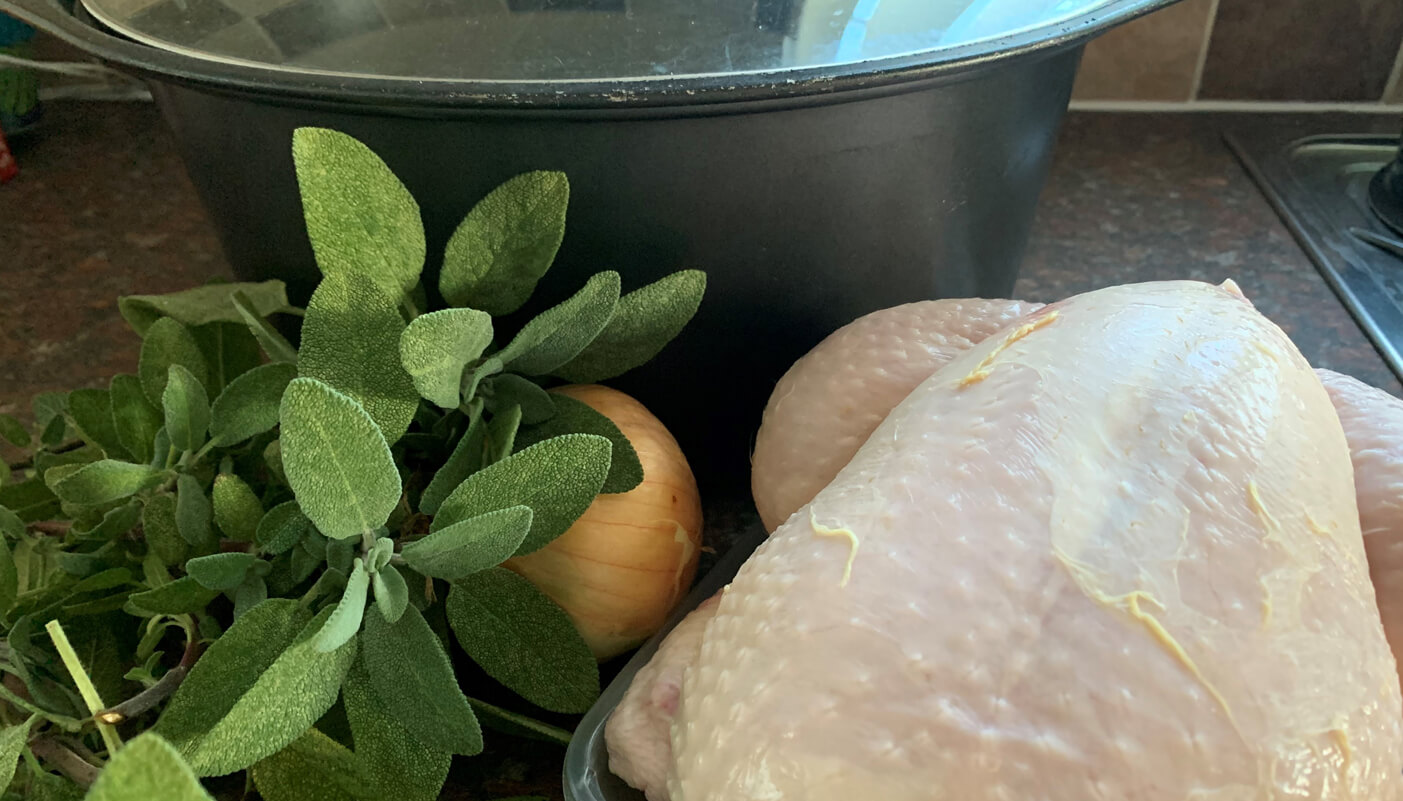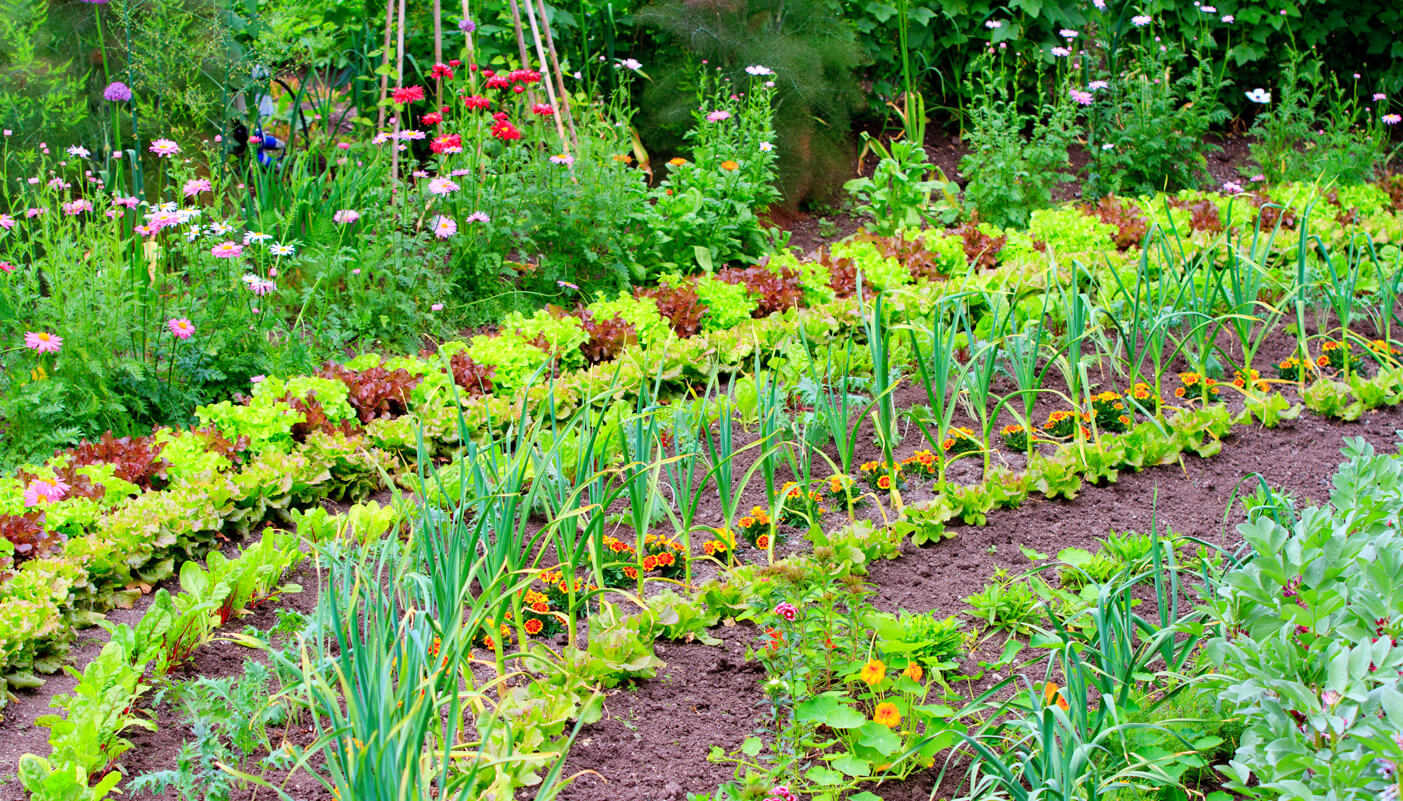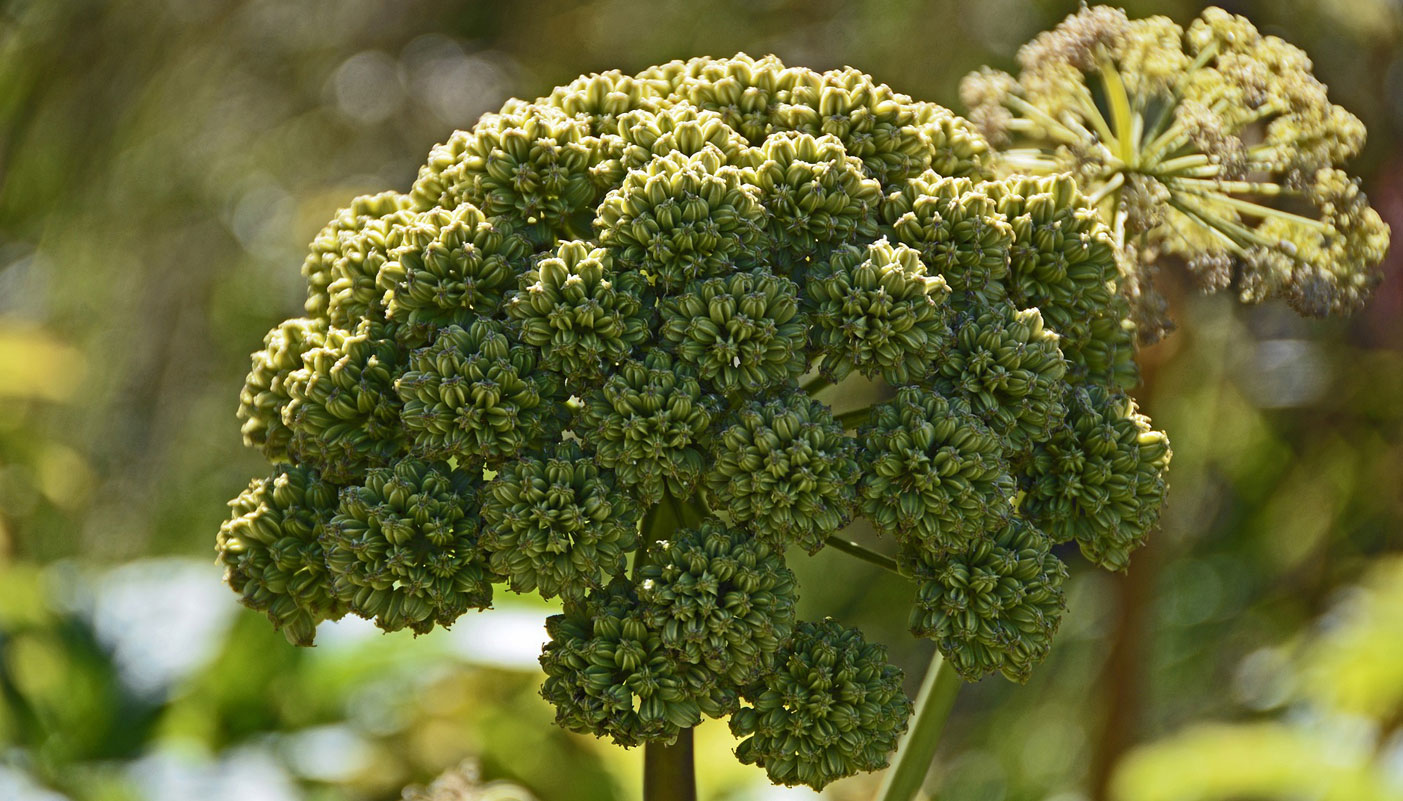Our Lavender plants are perfect for hedging or bulk planting, and they will fill your garden with a calming aroma that you’ll love.🌺🌸
With its striking purple flowers and soft, silvery foliage, Lavender is an attractive addition to any garden. Not only does it look and smell beautiful, but it’s also a great plant for attracting pollinators like bees and butterflies.🦋🐝
Lavender is a popular plant known for its beautiful fragrance and stunning purple blooms. It’s often used to create hedges in gardens, adding a touch of elegance to any outdoor space. If you’re looking to plant a lavender hedge, here’s everything you need to know to get started.
Choosing the right lavender variety
Before you begin planting, it’s important to choose the right lavender variety for your hedge. There are several types of lavender available, including English lavender (Lavandula angustifolia) and French lavender (Lavandula stoechas). English lavender is the most popular variety for hedges due to its hardiness and lovely scent, we would recommend either Hidcote or Munstead.
Preparing the soil
Being a Mediterranean plant, Lavender is most suited to sunny positions, it will not survive if kept for long in shady, damp or extremely cold conditions. It prefers poor, dry or moderately fertile soil, including chalky and alkaline soils. Lavender will not thrive in heavy clay soil or any soil that becomes waterlogged over winter, it requires well-drained soil, so it’s essential to prepare your soil before planting. Begin by removing any weeds and rocks from the area where you’ll be planting. Then, loosen the soil with a garden fork to a depth of around 30cm. Mix in some organic matter, such as compost or manure, to improve soil structure and fertility.
Planting the lavender
Lavender is best planted in April or May. Once you’ve prepared the soil, it’s time to plant your lavender. Start by digging a trench that’s around 15cm deep and 30cm wide. Space your lavender plants around 30cm apart, ensuring that each plant is at the same depth it was in its original pot. Gently firm the soil around each plant, and water thoroughly.
Caring for your lavender hedge
Lavender is a relatively low-maintenance plant, but it does require some care to thrive. Here are some tips for keeping your lavender hedge healthy and looking its best:
- Watering: Lavender doesn’t like to be waterlogged, so it’s best to water it deeply once a week during dry spells rather than giving it frequent shallow waterings. Be sure to water at the base of the plant rather than on the leaves to avoid fungal diseases.
- Pruning: Lavender should be pruned twice a year to keep its shape and promote new growth. Prune once in late summer after flowering, removing around two-thirds of the current year’s growth. Then, prune again in early spring before new growth appears, trimming back to just above the woody part of the stem.
- Fertilising: Lavender doesn’t require much fertiliser, but you can give it a boost by applying a balanced fertiliser once a year in early spring. If you feel that your plants require a little of attention we would advise an environmentally friendly option such as Maxicrop liquid seaweed
- Pest and disease control: Lavender is generally pest and disease-resistant, but it can be prone to root rot if the soil is too wet. Avoid overwatering and ensure good drainage to prevent this. You can also use an organic insecticide or fungicide if necessary.
Planting a lavender hedge is a wonderful way to add beauty and fragrance to your garden. With a little bit of preparation and care, your lavender hedge will thrive and provide years of enjoyment. Choose the right variety, prepare your soil, plant your lavender, and care for it properly, and you’ll soon have a stunning hedge that will be the envy of all your neighbours.






